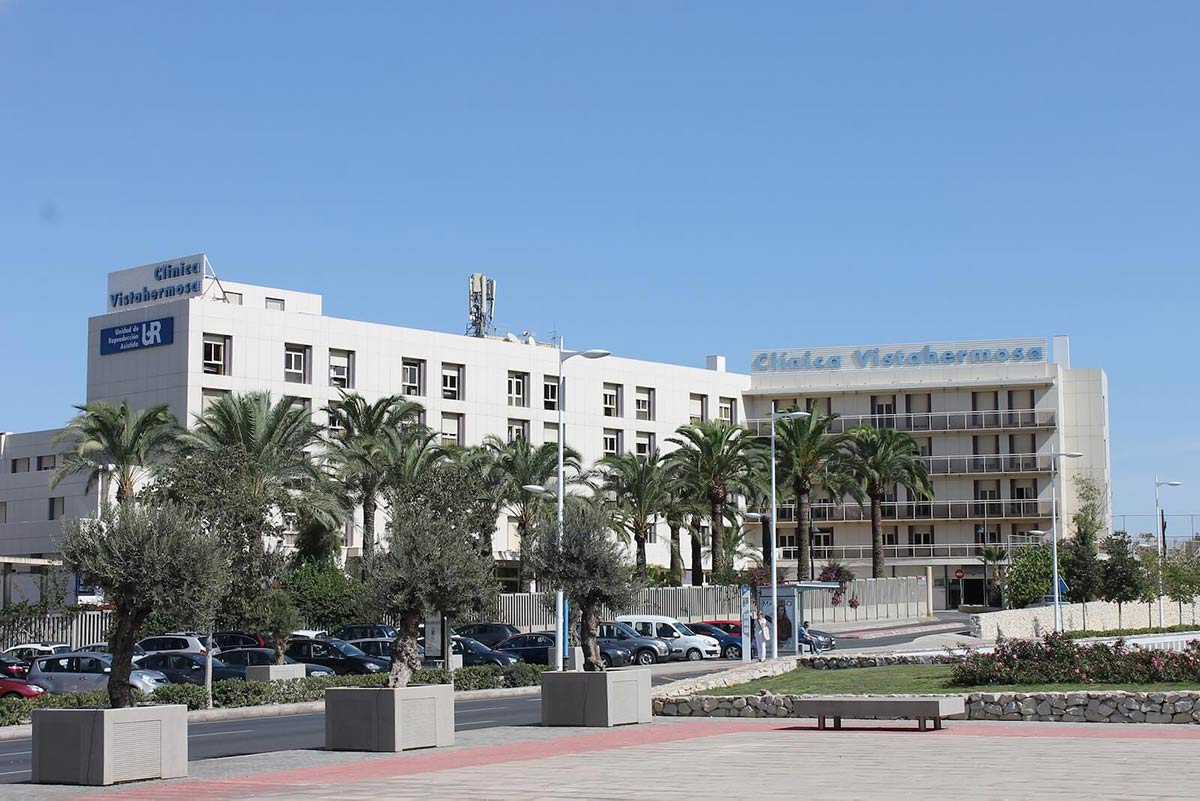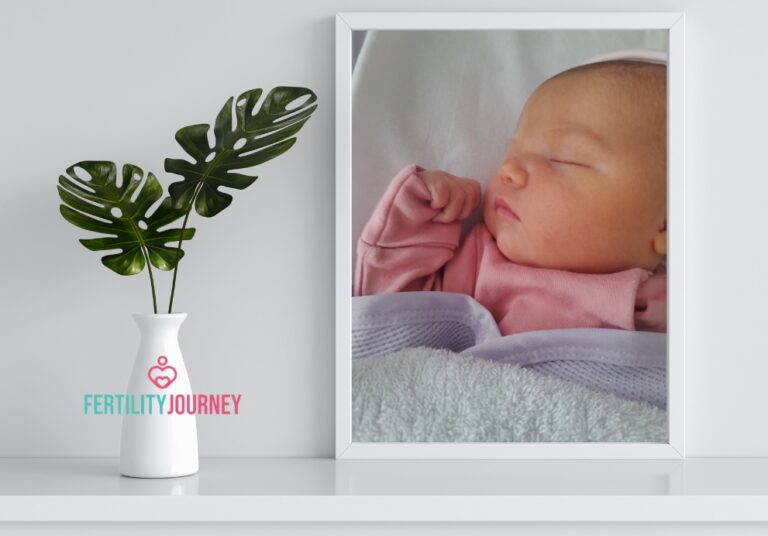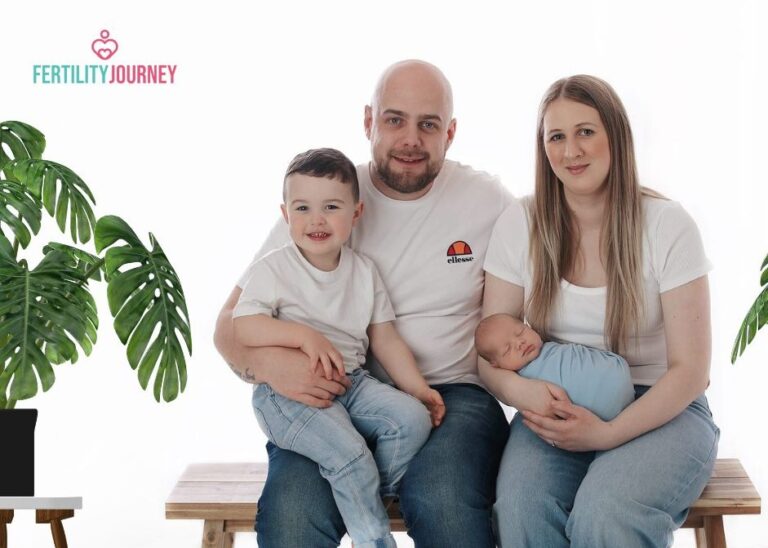Technological advances, genetic achievements, tried and tested assisted reproduction techniques and specialized units ensure Fertility Journey Partner, UR HLA Vistahermosa remain at the forefront of their field.
The remarkable rise of reproductive medicine is linked to research, scientific and technological advances, current social demand and the combined work of multiple professionals working to enable mothers to achieve a full-term pregnancy and a healthy baby.
In the 21st century, assisted reproduction techniques have allowed us to solve most infertility problems such as anovulation, obstruction of fallopian tubes, endometriosis, advanced maternal age, male infertility factors and has made a crucial intervention in addressing falling reproduction rates.
There are several factors that have contributed to this intervention:
UR HLA Technological advances
Perhaps the greatest innovation in recent times has been the evolution of the incubator. Sophisticated technology now allows lab teams to effectively manage the environment in which the embryo grows, facilitating the observation of its development and monitoring its evolution. This has significantly increased our ability to select the one with the greatest implantation potential.
Selection of the most viable embryos contributes to higher success rates and increases the efficacy of single embryo transfers, thus reducing multiple pregnancies.
Achievements of Reproductive Genetics
Genetic studies offer a very specialized view of the genetic material of women, men and embryos generated by in vitro fertilization techniques.
In the HLA Vistahermosa Reproduction Unit we have our own Genetics Unit where we treat both couples at high risk of transmitting a genetic disease to their offspring as well as those that generate genetically altered embryos and incompatible with life, which means a prolonged infertility.
Social perception
Despite some stigma which still surrounds assisted reproduction treatments in some cultures it has become a perfectly valid solution to address the difficulties couples have in forming a family.
We have experienced a giant leap in the acceptance of the science and its use. We now see more patients with diverse requirements and traditional, heterosexual couples have been joined by same sex couples and single mothers by choice seeking treatment.
Assisted reproduction treatments continue to play an important role in helping to create diversity.
UR HLA Vistahermosa has been helping to nurture life for over 35 years
The professionals at the HLA Vistahermosa Reproduction Unit have a very successful track record when it comes to informing and assisting fertility patients about the treatment options available to them. Our facilities have been developed to ensure they are equipped to cover any eventuality and provide solutions for every need.
We are in a hospital environment that provides security, confidence and peace within a personalised framework delivered 24/7.
In our units we have specific units composed of professionals specialized in the treatment of:
* Embryo Implantation Failure
* Immunological Implantation Study
* Repeated miscarriages
* Polycystic Ovarian Syndrome
* Low Ovarian Reserve
* Donor matching:
Our donor matching programme is an Innovative system that guarantees the most appropriate partnering according to phenotypic and biometric criteria together with a complete genetic study for disease detection.
UR HLA Vistahermosa is located in Alicante, capital of Costa Blanca in Spain and is the UR International Reproduction Group’s main centre. Our reproduction units are located in key points across Spain which include UR HLA La Vega, (Murcia), UR HLA El Ángel (Málaga), UR HLA Moncloa Madrid (Madrid), UR IMED Valencia (Valencia), UR HLA Inmaculada (Granada), UR HLA Mediterráneo, (Almería), UR HLA Hospital Puerta del Sur (Jerez), UR HLA Montpellier (Zaragoza), UR Mexico City (Mexico DF) and UR Managua (Nicaragua).




